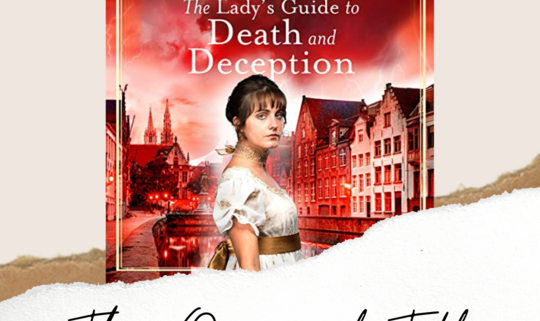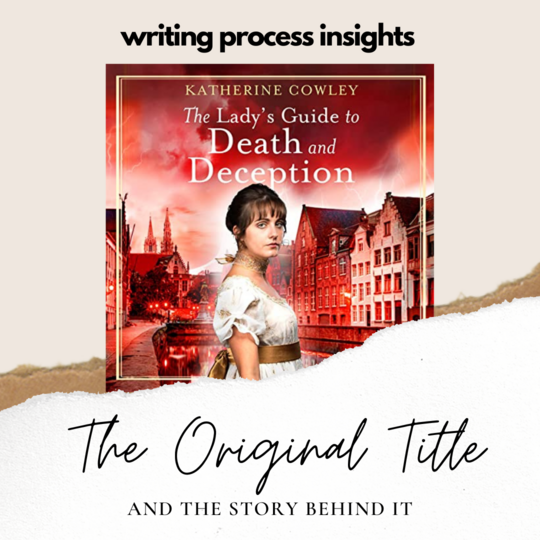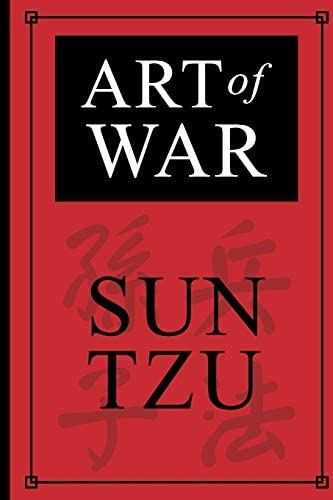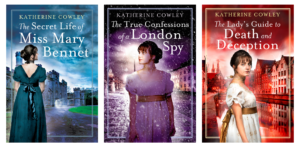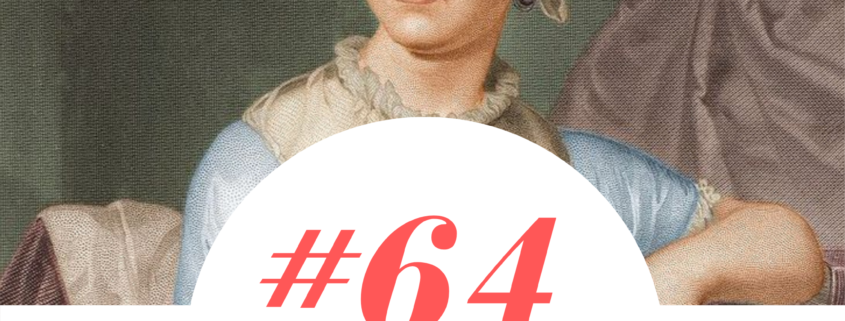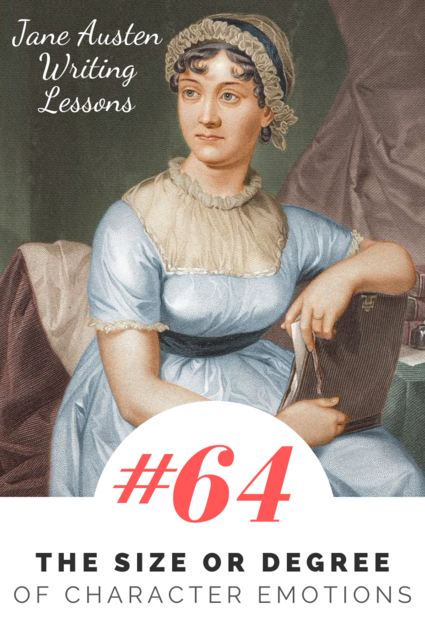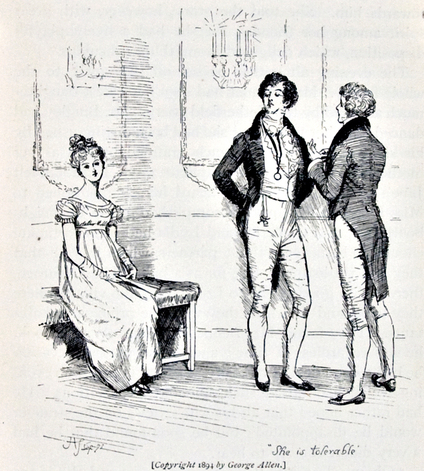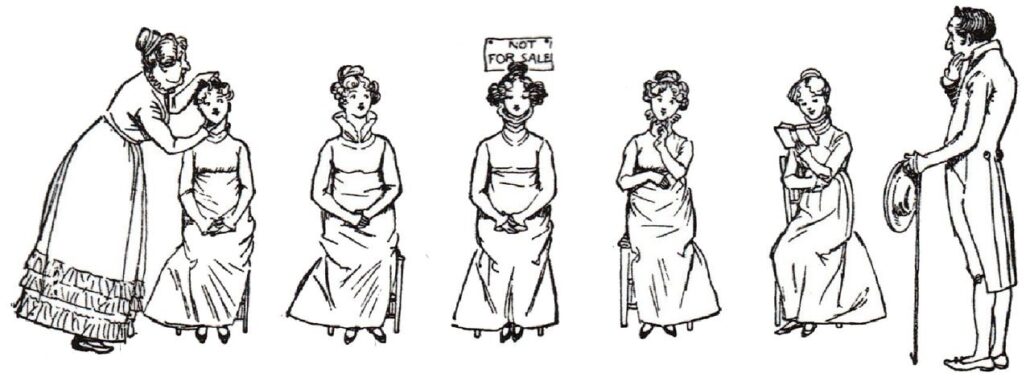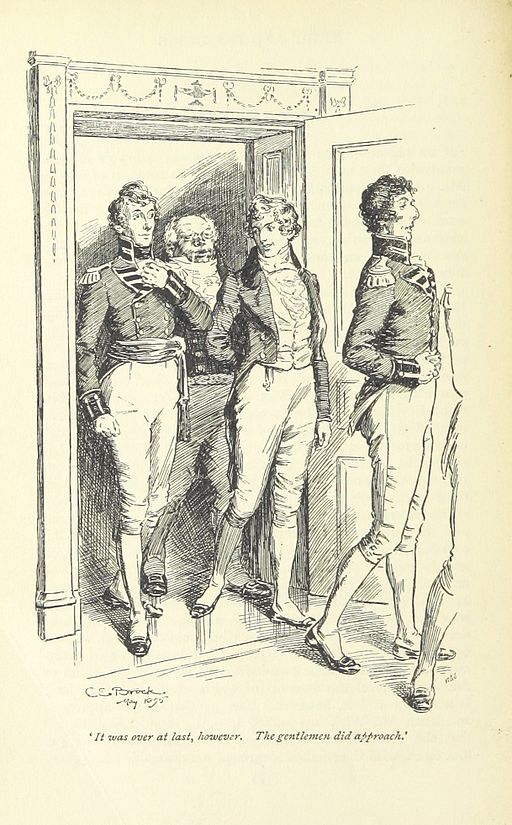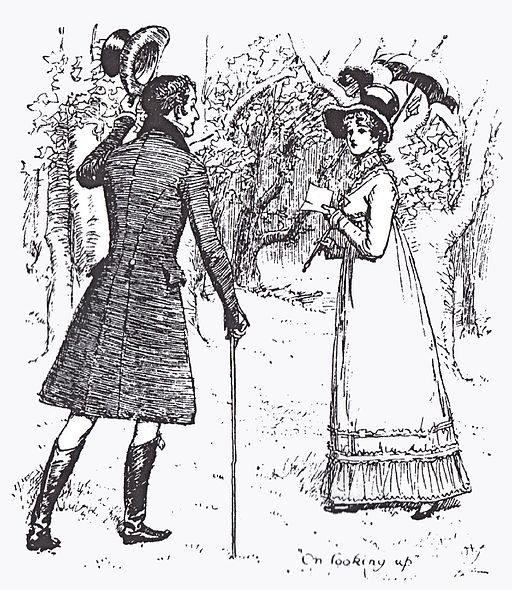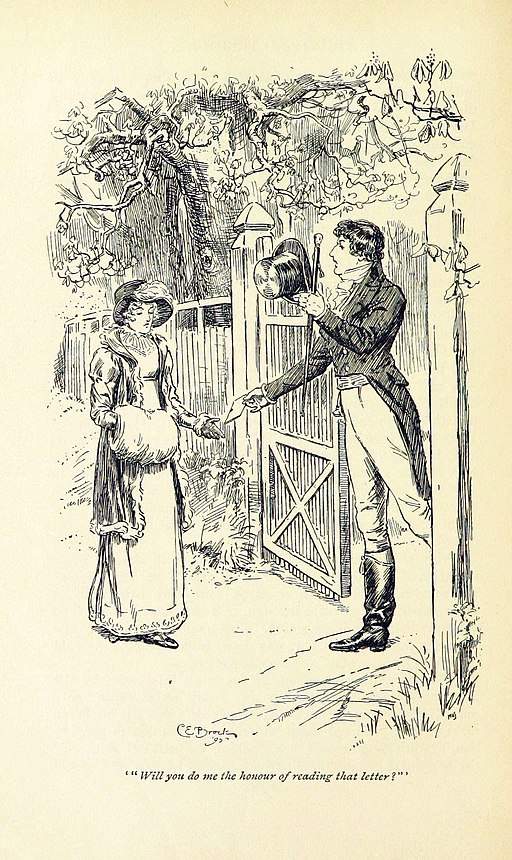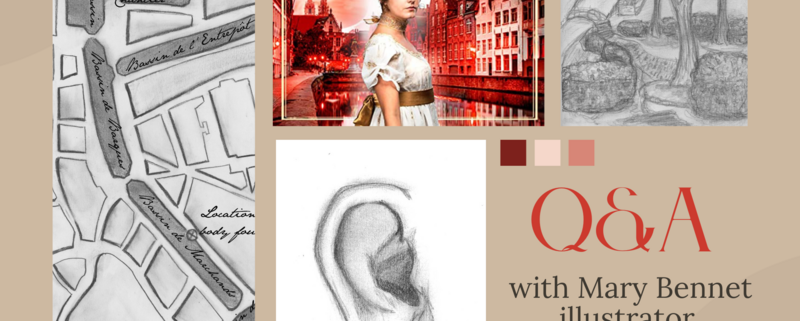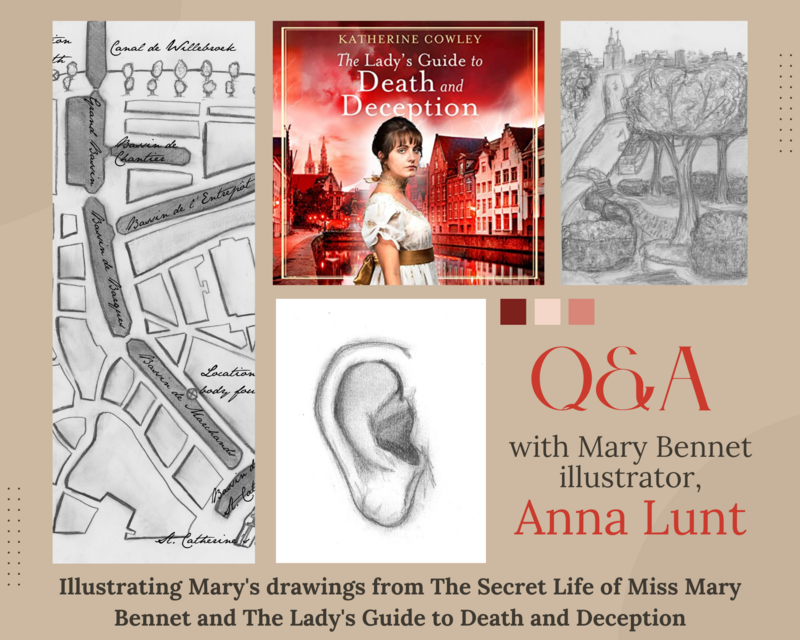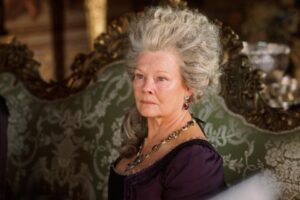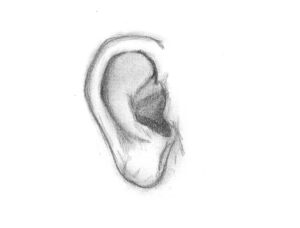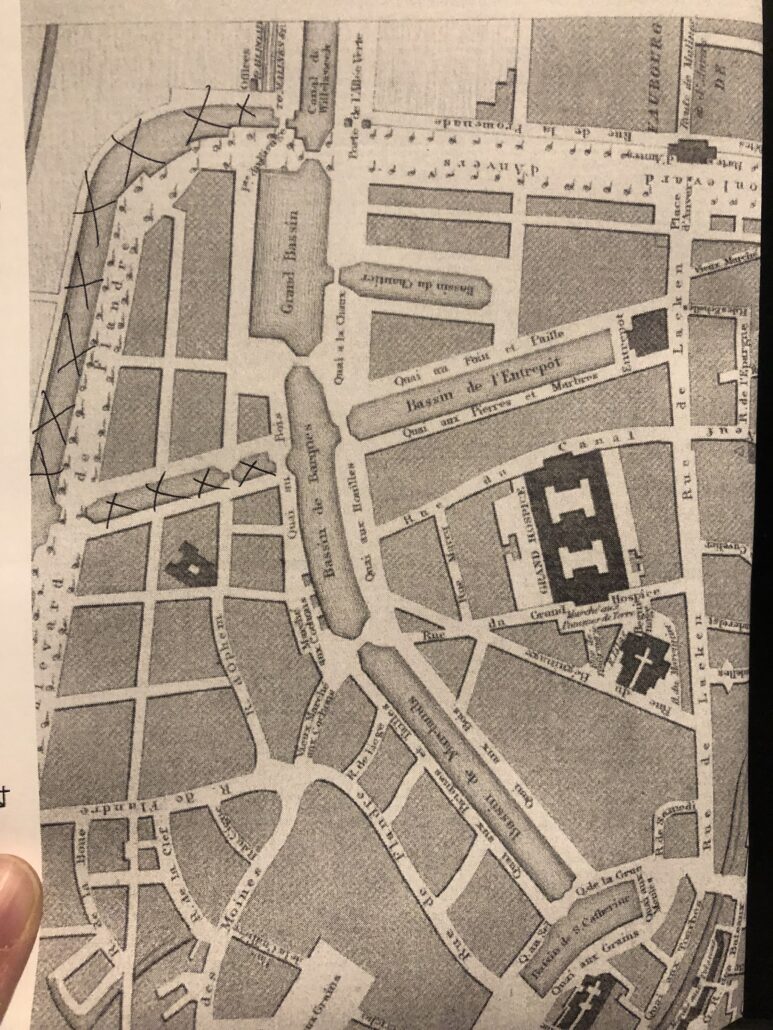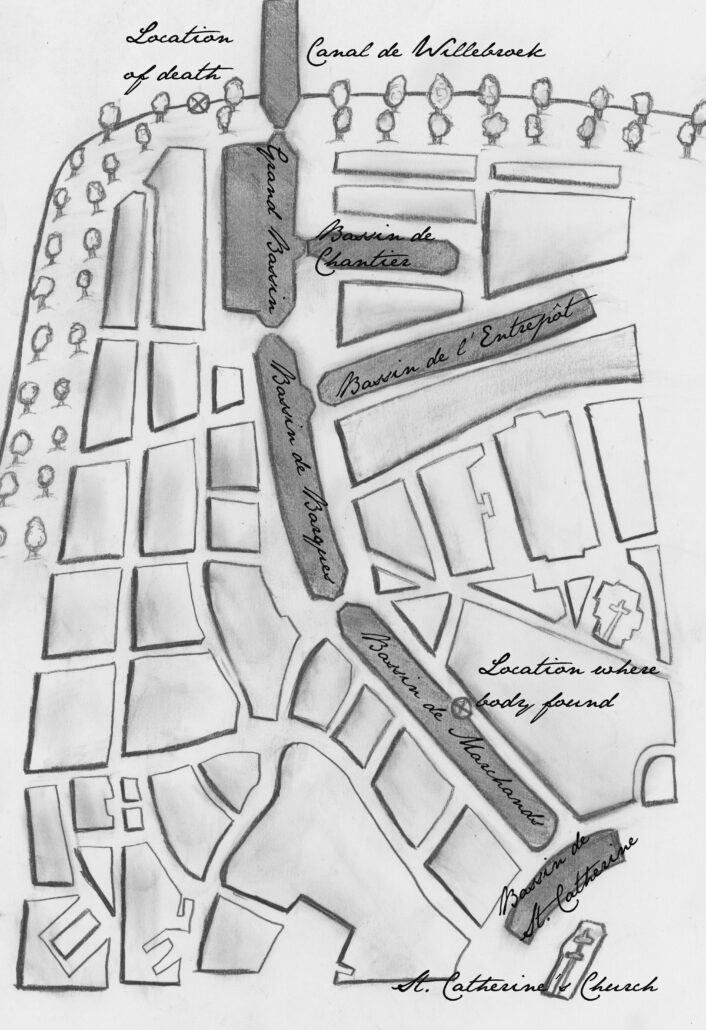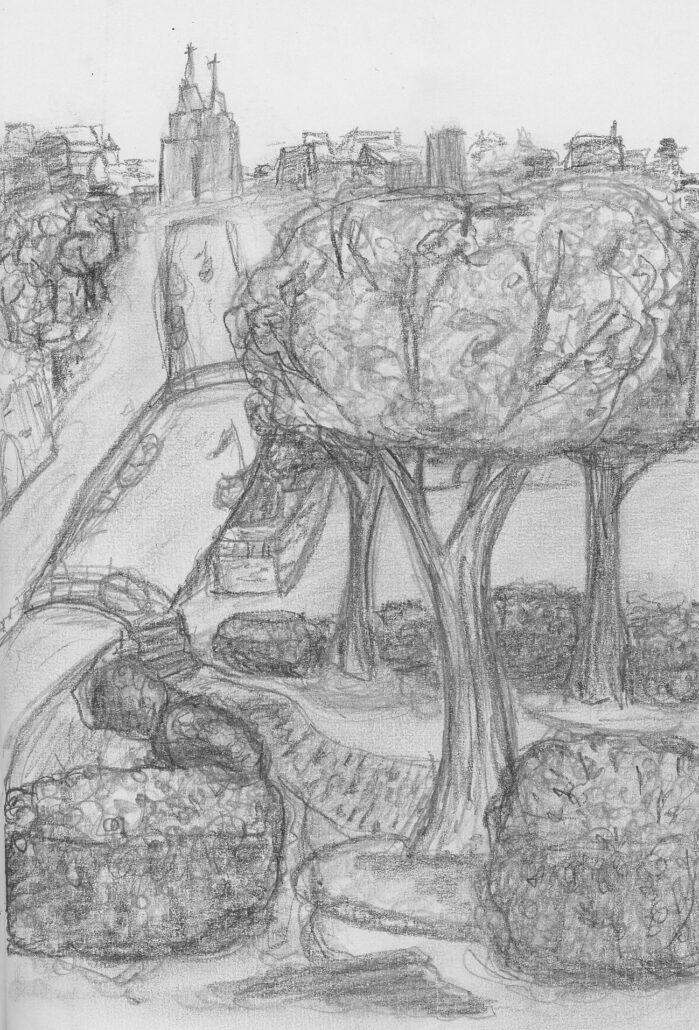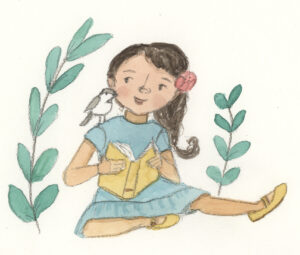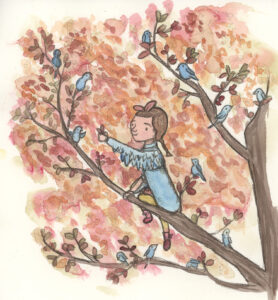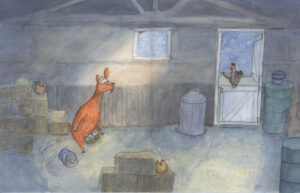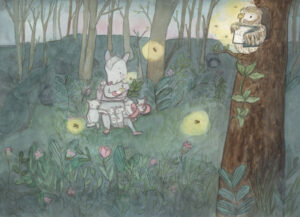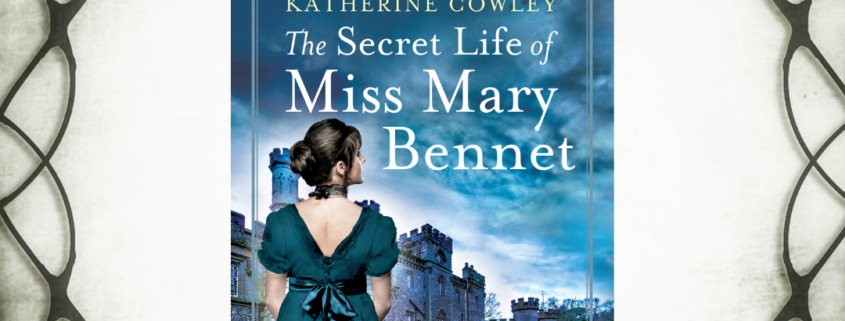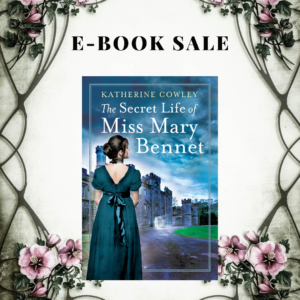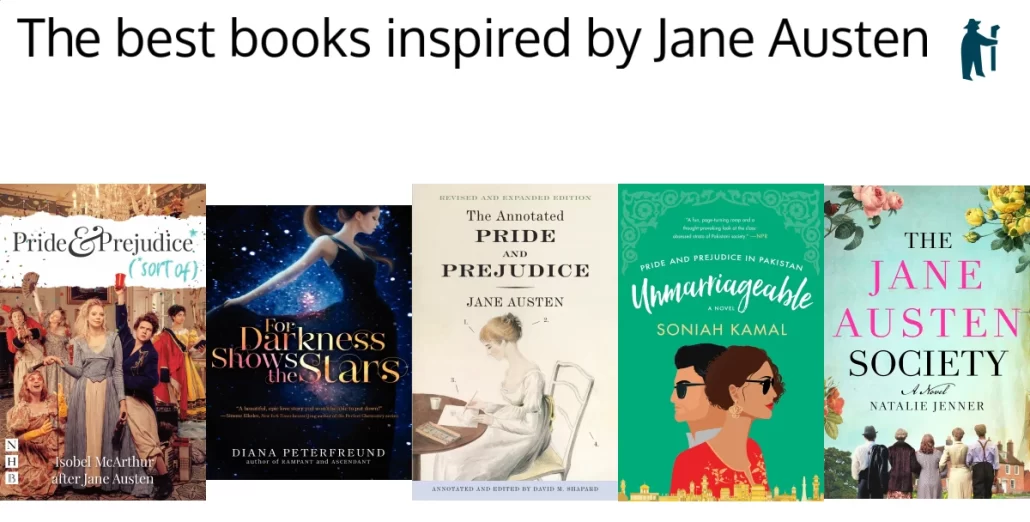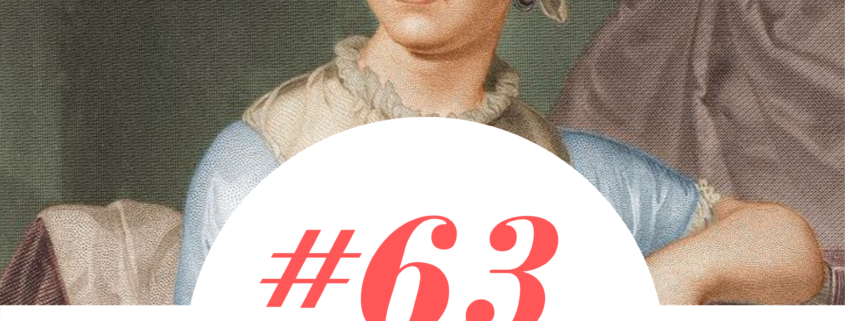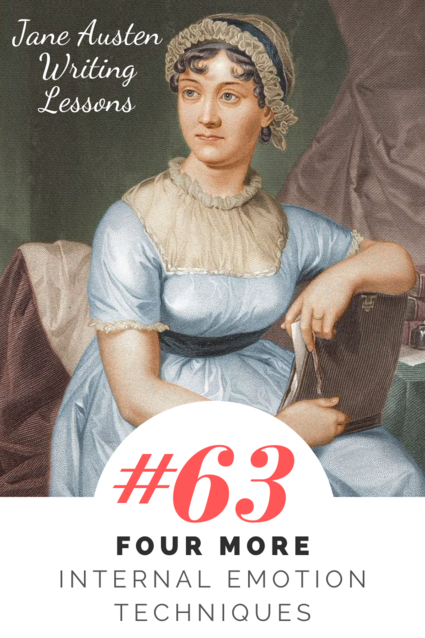The Original Title for The Lady’s Guide to Death and Deception
I told this story at my launch party in Kalamazoo, Michigan, but I wanted to share it here. The original, working title for The Lady’s Guide to Death and Deception was The Lady’s Guide to the Art of War.
In late 2019, my agent Stephany Evans was preparing submission materials for the first book in the series, The Secret Life of Miss Mary Bennet. Now, when you are pitching a book, even if you would like it to be the first book in a series, you often say, “It’s a standalone novel with series potential.” Publishers sometimes just want one book, and you want them to be interested in the book without them feeling like the book is incomplete and requires a series. And indeed, the first book does stand on its own. But “series potential” means you have further books in mind. In case a publisher was interested in the sequels, Stephany asked me to create a several sentence pitch—with a title—for books 2 and 3.
I had already written a first draft for the second book, which made it much easier to settle on possible titles. After a bit of brainstorming, I ended up settling with The True Confessions of a London Spy, which ultimately ended up being the final title for the book.
Book three was trickier. I knew that it would be set in Brussels. I knew that the book would include Napoleon Bonaparte and the hundred days from when he escaped the Isle of Elba and was defeated one final time. I also knew the book would include a romance, and feature Mary’s sister Lydia. I had enough that I could write a pitch. One of the themes that I knew would be present in the book was war—how war impacts individuals and communities. War is played out not just on the battlefield, but in smaller interactions with huge consequences. And so I came up with the title, The Lady’s Guide to the Art of War.
I have a history with the book The Art of War. We had a copy in my house growing up, and we would discuss Sun Tzu and other military theorists at the dinner table or after watching movies. I got engaged to my husband, Scott, a few weeks before Christmas, and for Christmas that year, my dad gave Scott a beautiful knife from Spain and a copy of The Art of War. Which from my dad is a very excited “Welcome to the family!”
When I got to writing the book, I didn’t draw upon The Art of War as heavily as I thought I would. Its influence is definitely in the book, and Napoleon Bonaparte and the Duke of Wellington likely owned copies and would’ve been quite familiar with it. Mary and Mr. Withrow do discuss The Art of War in one scene, but I realized that it wasn’t quite the right title for the overall themes and focus.
So it was back to the drawing board. I spent hours brainstorming other titles, and after some really useful thoughts and perspectives from my editor, I settled on The Lady’s Guide to Death and Deception. What I loved about the title is it captures what Mary must face—deception on the part of others, and the deception she must use in order to unravel the mystery and deal with death. I sent the title in, it was approved by the publisher, and it became the final title for the book.
The book is dedicated to my dad, and despite not including The Art of War in the title, it has a lot of his influence. He helped me choreograph every single action scene in the entire series. I would video call him and say, “I need these things to happen, without these things happening, and this is who the characters are and their skills and strengths,” and he would help me figure it out. After I wrote the scenes, I would send them to him for further feedback.
Titles tend to either come to me easily or they are really difficult and take a lot of work. There is no in-between. But I have been really happy with all my titles so far, and hopefully that’s the case in the future!

